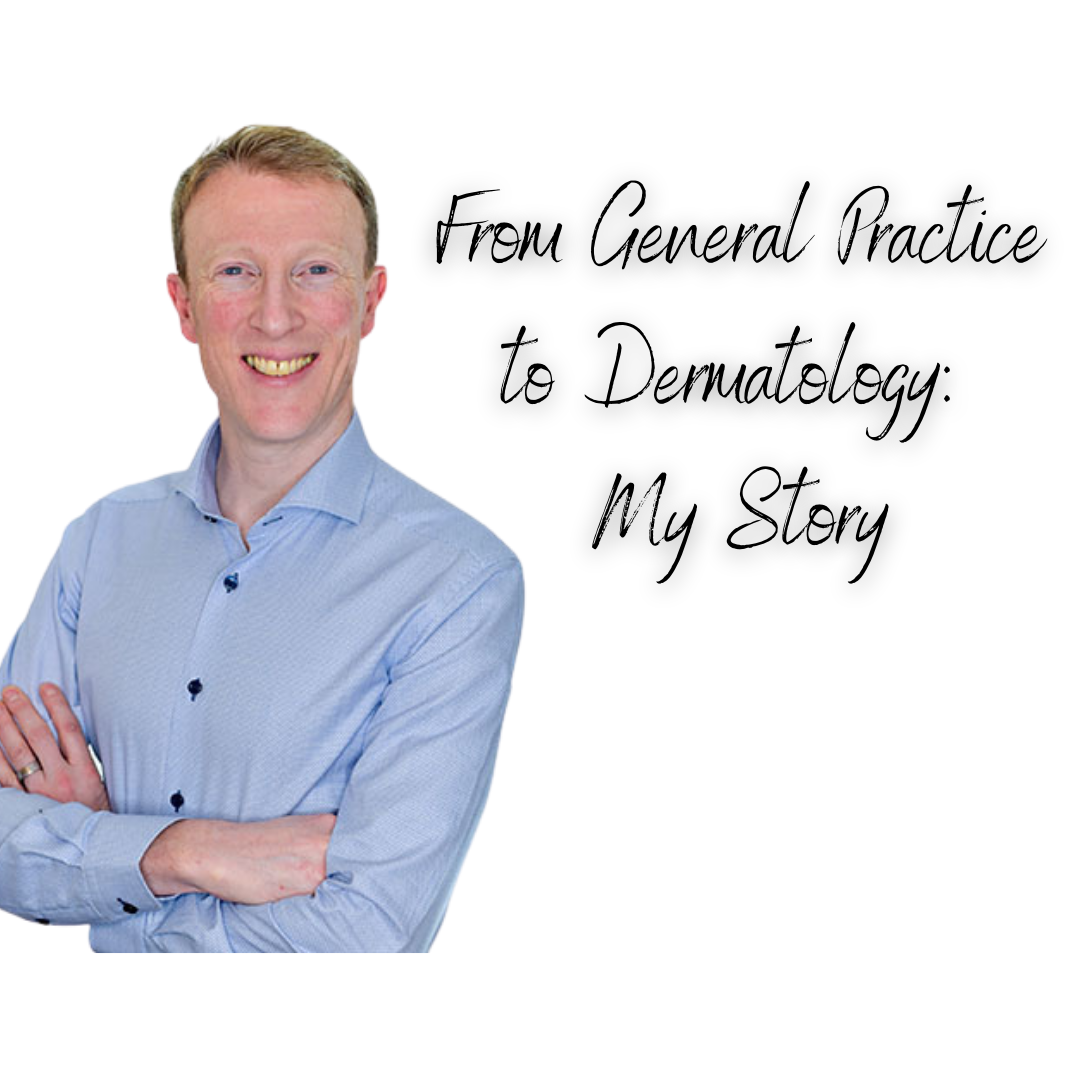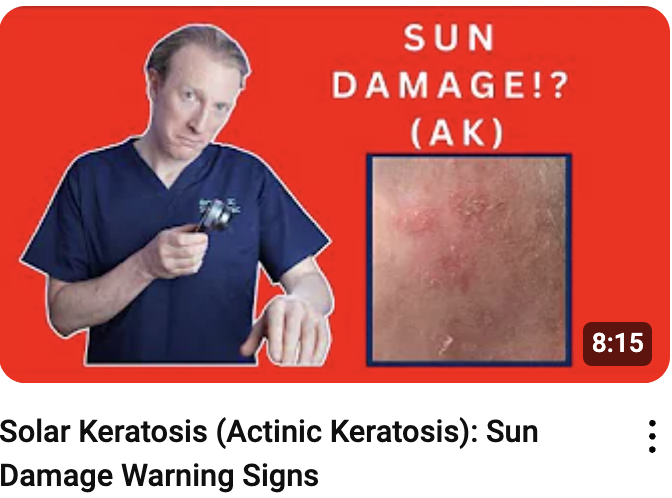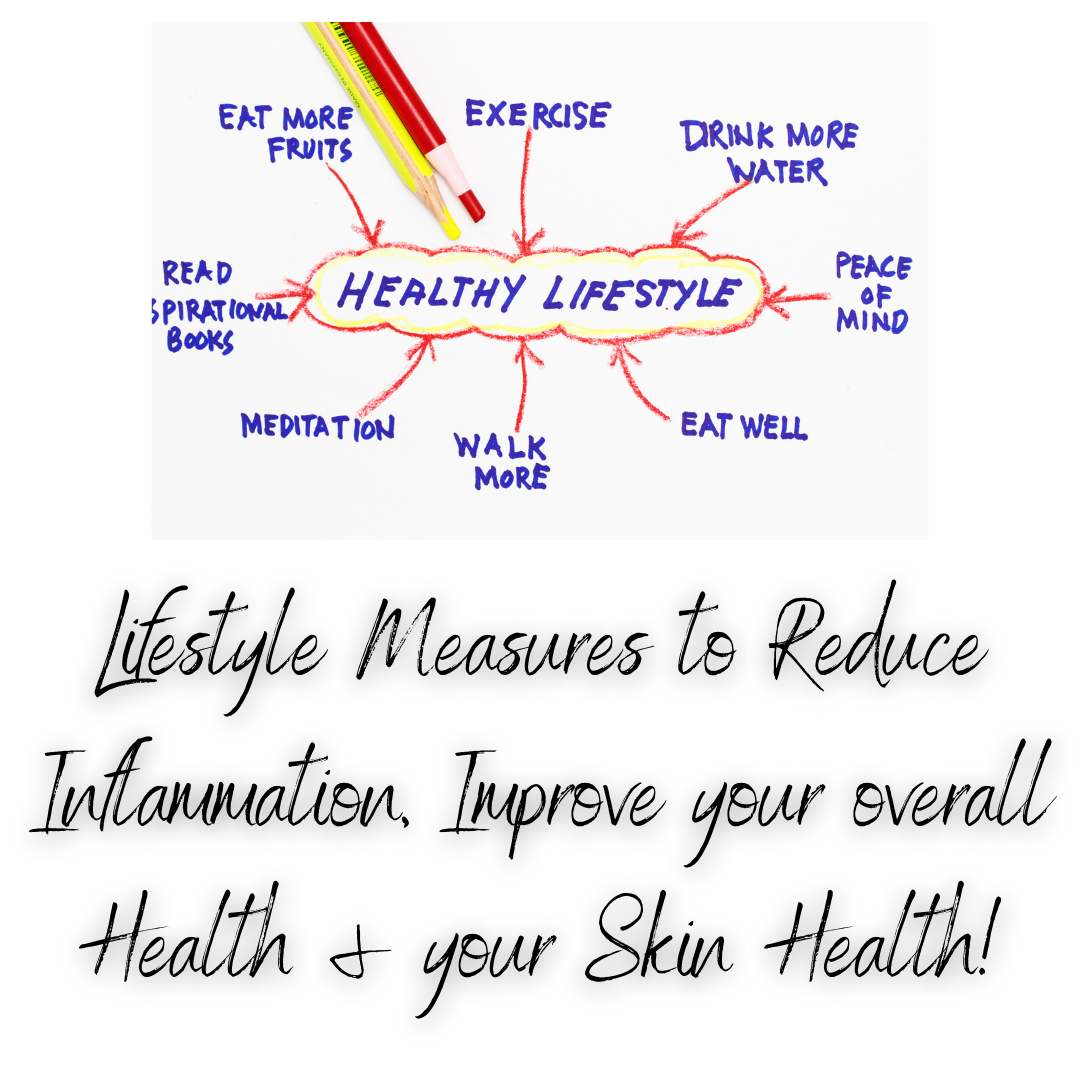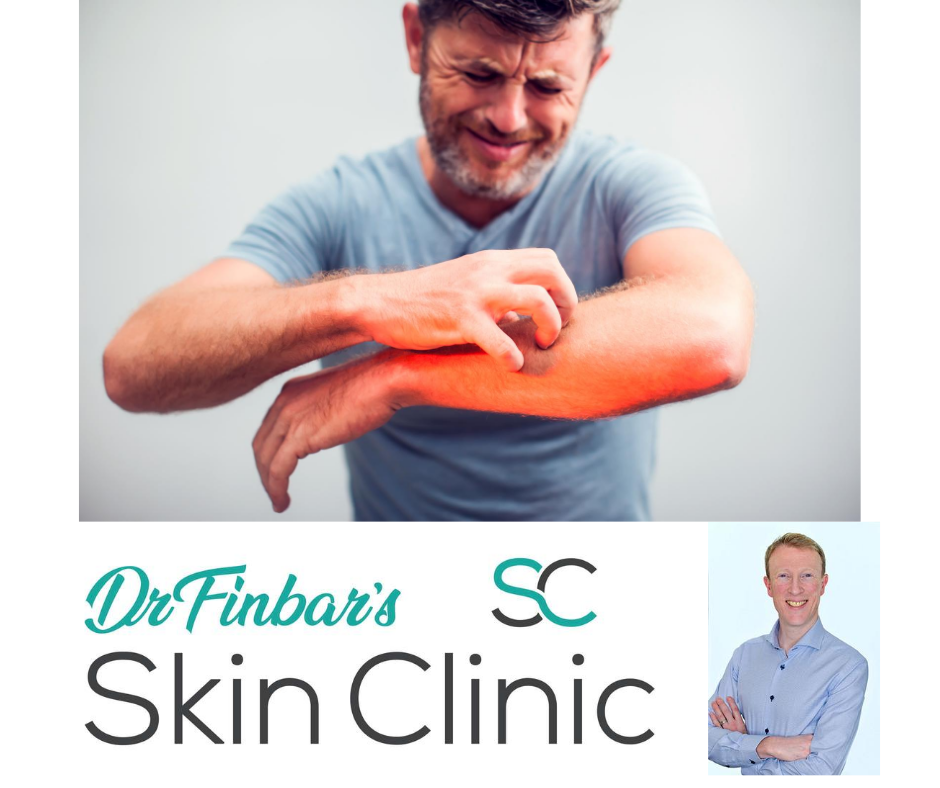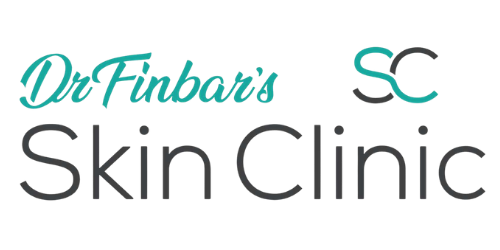Solar Lentigo
Solar Lentigo
Introduction:
Are age spots bothering you? Discover the truth behind solar lentigo, as we explore what they are, why we get them and what you can do about it.
Solar lentigo, are also known as age spots or liver spots (although they have nothing to do with your liver!). Although these spots are usually harmless, I’ll share some warning signs so you don’t miss a skin cancer.
but first…
What do Solar lentigo look like?
Solar lentigo can be identified by their fairly distinct appearance.
They are small, flat, freckle like patches of skin that appear on sun-exposed areas.
They can be skin coloured or pigmented brown. They can become even darker during the summer months if you’re not using appropriate sun protection and then lighten again during the winter months.
Many people tell me that their make up or false tan make them stand out and look even more obvious.
Causes:
Solar lentigo is primarily caused by prolonged exposure to ultraviolet (UV) light from the sun or artificial sources like sunbeds.
It’s mainly the UVA portion of the UV light which causes the solar lentigo. This UVA light triggers the pigment-producing cells in the skin, known as melanocytes, to produce more melanin (the actual pigment). This results in the formation of small, darkened patches of skin.
Other factors, such as genetics and aging, can also contribute to the development of solar lentigo.
Prevention:
The best way to prevent solar lentigo is to minimize your exposure to UV light. Now, I love the outdoors, and am getting outside into nature as much as I can, but, these days at least, I always protect my skin when outside.
Here are some tips to help protect your skin from sun damage:
I’m going to start with an important piece of information most of my patients don’t realise about sunscreen:
While most people seem to be aware of SPF and the advice to use SPF factor 30 and above, but most don’t realise this SPF rating relates to the UVB portion of light. UVB light tends to cause sun burning, but as I’ve already mentioned UVA tends to cause the pigmentation in solar lentigo, but UVA also reduces collagen, as it penetrates more deeply into he skin than UVA light and that leads to sagging skin, fine lines and the dreaded wrinkles!
I like to remember it by thinking UVA causes Aging- A for Aging and UVB causes Burning.
This means that, while it’s important to prevent burning, (as it’s a major risk factor for melanoma) we also need to prevent UVA light from aging us. The way to do that is to ensure your sunscreen has a UVA rating at least 4, but preferably 5 stars. Most sunscreens, even a lot of factor 30 & 50s have only 3 UVA stars as represented by this picture of a circle around the UVA sign. Here in Europe that’s the minimum legal requirement for sunscreen, but it’s not the best!
That means you should look for a sunscreen with at least a factor 30 SPF but also 5 UVA stars. The one I recommend my patients is Altruist. It’s the one I use for myself and my family. It is very affordable, goes onto the skin well, has a highly ethical business model with no animal testing, no micro plastics, vegan & coral friendly. I’ve included a link to purchase it in the description below.
Lets get back to solar lentigo, when you apply a high quality 5UVA star and Spf 30 or 50 sunscreen to light exposed areas all year around then its time to consider some other specific preventative tips such as,
- reapply it every few hours, especially after swimming or sweating.
- Seek shade: Avoid direct sunlight during peak hours (10 a.m. to 4 p.m.), when the sun's rays are the strongest.
- Wear protective clothing: Choose long-sleeved shirts, wide-brimmed hats, and sunglasses that block 100% of UVA and UVB rays.
- Never go near a sunbed! The International Agency for Research on Cancer, part of the World Health Organization, includes UV radiation and sunning beds in Group 1: the group ranked as the most dangerous cancer-causing entities/substances .Other Group 1 members: cigarettes and plutonium They beds emit harmful UV radiation that can cause skin damage and increase your risk of developing solar lentigo and skin cancer. https://www.cancer.ie/cancer-information-and-support/cancer-types/skin-cancer/sunbeds-and-skin-cancer-risk#sthash.x4Mul1Jy.dpuf
- Even one sunbed session can increase your risk of developing squamous cell skin cancer by 67% and basal cell skin cancer by 29%.
Even more importantly is the increased risk of melanoma, the most serious form of skin cancer. - If you have ever used a sunbed your risk of melanoma increases by 20%.
- Using it before the age of 35 increases your risk by almost 60%.
Is there anything to worry about?
Look out for darker areas within any flat pigmented areas. Follow the ABCDE rules. (Add it the element from set k video).
There is specific type of skin cancer you should know about- it’s called called lentigo maligna and it mainly occurs on the face- can start off looking like a solar lentigo. If you have a lesion failing on the ABCDE rules or are worried that you may have a skin cancer, its important to have a check up with a health care professional trained in skin lesion recognition and confident with use of a dermatoscope.
Treatment:
Treatments can be divided into two categories: topical creams and physical therapies.
Topical creams
Topical creams can include retinoids and hydroquinone. Retinoids are derived from vitamin A and have been found to be effective in treating solar lentigo. However, They do need to be use consistently for over 6 months. I will be discussing retinoid in detail in other videos.
Hydroquinone is another topical cream that has been used to treat hyperpigmentation. However, it has been associated with side effects such as skin irritation, contact dermatitis, and a condition called Ochronosis- is the bluish-black discoloration of certain tissues, especially in people with darker skin types.
Due to these adverse effects, hydroquinone has been removed from cosmetics in several countries. Additionally, these topical creams need to be used consistently for over 6 months and it's crucial to maintain good UV protection while using any treatments.
Physical therapies
Physical treatments include chemical peels, cryotherapy, and laser. Chemical peels use a chemical solution to improve the appearance of your skin. This treatment causes trauma or injury to your skin's layers, which eventually peel off, revealing more youthful skin.
Like chemical peels, laser treatment can be effective but can also cause some trauma to the skin. It works by directing pulses of light energy to targeted areas of the skin, which are absorbed by the concentrated patches of melanin, or pigment, in your sun spots and converts to heat energy, damaging and breaking down the affected pigment cells. However, there is usually some downtime after the procedure.
Evidence
Cryotherapy worked better in one study, compared to a chemical peel, but took longer to heal. Post- inflammatory hyperpigmentation was the main complication in each treatment, but mainly in darker skin. So this means cryotherapy may be a better treatment for lighter skin types with Trichloracetic acid for darker skin types.
A review paper early 2023 suggests that the best results are obtained by combining treatment modalities. Among the individual treatments, laser worked best, with peels being the least effective.
Home remedies
While reading comments on my previous video on seborrheic keratosis, I came across several comments from people who stated that they were using apple cider vinegar to treat their lesions. However, there isn't much scientific evidence to support this claim. Im not saying that it won’t work; it may just mean that the studies haven’t been done.
I did find a2022 paper which describe how vinegar can be beneficial for skin health due to its antimicrobial and antioxidant properties, but you should be aware it can also traumatise and burn the skin.
A bigger concern for me is that people may be unknowingly treating skin cancers with these home remedies and this may delay their diagnosis and lead to more problems down the line.
That being said, some natural products have shown promise in treating hyperpigmented areas, such as solar lentigo. These include licorice extract, niacinamide, azelaic acid, soy, mulberry, and silymarin from Milk Thistle.
While there are various treatments available for solar lentigo, prevention is still the best approach. If you do have solar lentigo, consult a healthcare professional trained in skin lesion recognition to confirm the diagnosis and determine the most appropriate treatment for your skin.
Conclusion:
Solar lentigo, while typically harmless, can be a cosmetic concern for many people. By understanding the causes and taking preventive measures, you can reduce your risk of developing these flat skin lesions. If you already have solar lentigo and wish to treat them, consult with an appropriately trained healthcare professional to determine the best treatment option for your specific situation. Remember, protecting your skin from too much UV light is crucial for maintaining healthy, youthful-looking skin
Share this post on:
Copyright © 2023 Dr Finbars' Skin Clinic All rights reserved.
